The FiiO K3 desktop amp is the successor of the little FiiO E10K. In this article we look at the newest FiiO USB DAC
Disclaimer: The Fiio K3 was sent to us for the purpose of this review. The unit doesn’t need to be returned and Fiio is a site advertiser.
Four years in the making, that’s basically how long FiiO took to upgrade its desktop USB-DAC series. Sometimes it looks like the brand releases a DAP every quarter – FiiO M7 in May – FiiO M9 in september, FiiO M6 in December – and the product life of their DACs seems to be much longer.
Thankfully, the FiiO K3 is supposed to be a big upgrade from the good old FiiO E10K. Tough job as the FiiO E10 and E10K have been recommended since… 2011. Is it up for the task ? Let’s put it to the test.
About FiiO
Founded in 2007, FiiO now is a major brand in hi-fi circles, offering a wide range of audiophile products. With a reputation of cost-killer-yet-audiophile constructor, the Shenzhen company steadily rose from a small team to a full-fledged company, producing thousands of products each month. After the FiiO Q5, we’re now reviewing the new K3. Will it also be a winner?
The FiiO E10 Series
The FiiO E10
In 2011, FiiO launched one of its most iconic products: the FiiO E10 Olympus. A small, affordable, DAC/Amplifier for head- and earphones intended to be plugged in to a USB-port of a computer. It shared the same size from the FiiO E11, a portable amplifier launched prior to the E10.
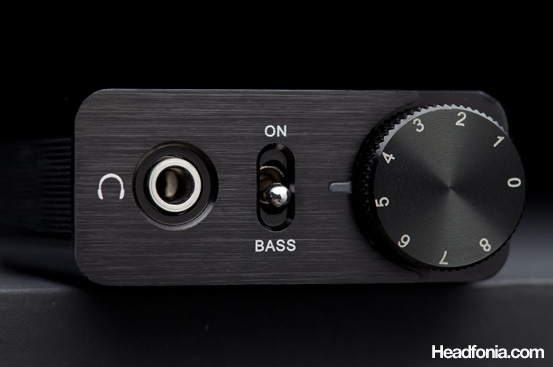
In a sea of big headphone amplifiers and DACs, the Fiio E10 looked a bit misplaced. But, it quickly became one of the hottest topics on head-fi, and for good reason. The FiiO E10 was hot sh$t ! For less than 70€ you got one of the best bang for buck DAC/Amp on the market. The Wolfson WM8740 was at the core of this gem, a DAC with a warm signature and predominant vocals.
Even with basic headphones, the “wow effect” was immediate : vast sound stage, good resolution and great vocals. The low/high gain switch combined with an addictive bass-boost function made it even more versatile, the cherry on top being the line- AND coaxial output. For a fraction of the cost of an audiophile M2tech interface, the FiiO E10 was able to carry a digital signal in pass-thru from a USB connection. It was awesome and Mike and Lieven even made it one of their top products back in the days.
The FiiO E10K
In 2014, FiiO updated the E10 and it became the E10K Olympus 2. Visually, the differences were very subtle unless you already owned a FiiO E10. The headphone output was now recessed, the USB port changed from mini to micro, the high/low gain moved from the bottom of the device to the rear-end.
In place of the Wolfson DAC, FiiO integrated a Burr-Brown chip. A PCM5102 from Texas Instruments combined with a LMH6643 Opamp. This made the FiiO E10K more powerful, more precise yet retaining this typical sound signature that was at the root of the success of the first generation.
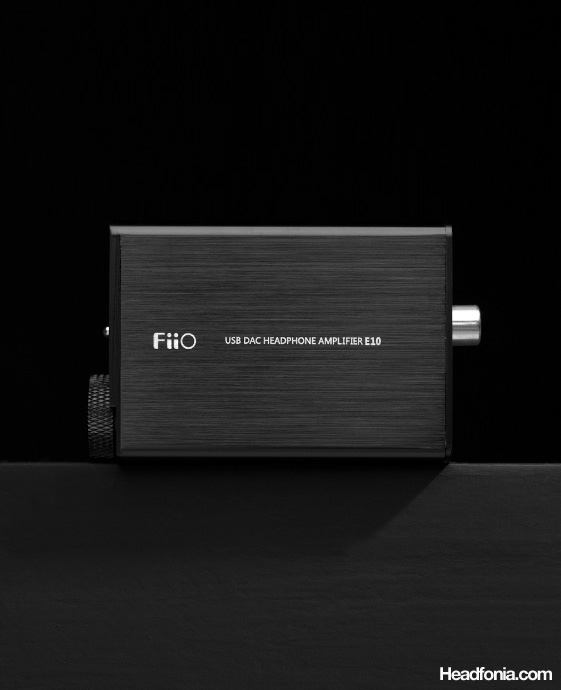
Floor noise was lowered, sound stage became less vague with a clear improvements in the bass section. If the visual improvements were minors, the sound improvements were major and that made the FiiO E10K (again) a top choice in sub 100€ DAC/Amp at the time.
The FiiO K3
And now, after four years, FiiO is replacing the Fiio E10K with a brand new FiiO K3. The idea remains the same, a small desktop USB DAC with a good chip and various ports so you can plug it (in) to almost anything.
The price didn’t change and you can still grab one for less than 100€/$ depending of where you live.
Design and build Quality
Casing
Compared to the previous version, the FiiO K3 is a major upgrade in term of design. Sure, if you see it from far it looks like the same monobloc DAC you were already used to. But once you see it up close, it’s a different story.
The FiiO E10K and E10 were sturdy devices with a thick aluminium case and that’s still the case with the K3 today . The magic happens once you hold it in you hand: the FiiO K3 is much more sleeker, more handy to carry and it looks much more modern compared to its older brother.
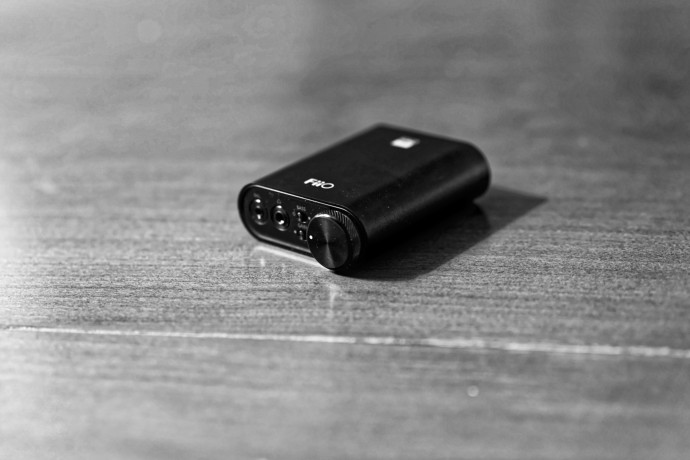
The flush design was already at work on the E10K, but with the K3 it really looks like FiiO is moving away from the bulky DAC they made. The aluminium feels and looks premium, there is no gap anywhere to be found, the plugs are perfectly aligned and the volume knob is so well made I mistook it for a plastic one… although it’s full-aluminium made.
In term of design, the new FiiO range is nearly faultless, even though the FiiO M9 in my opinion is the ugly duckling of the lot. The matte black paint is a safe choice and the FiiO / Hi-Res Audio logos have been laser engraved directly on the top panel. You can feel a slight bump when you slide your finger over it, I kind of like it.
Layout
Slowly but surely, FiiO moved all the switches from the back and bottom to the front panel. This is better in term of ergonomics and you don’t have to double check if you’re in low or high gain, each time you plug your headphone. The only switch that remains at the back is a new 2.0-1.0 USB mode, this allows you to enable 1.0 UAC mode with old devices or with a smartphones for better compatibility.
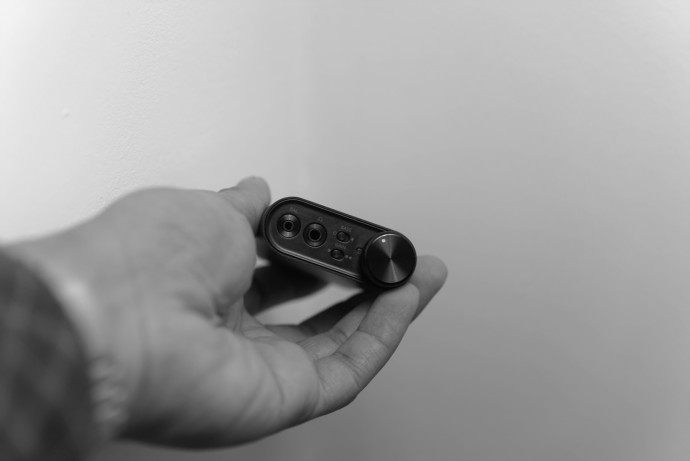
The general layout is very comprehensive for a device this small, like the FiiO Q5 it feels more like a Swiss-knife than a DAC.
On the front panel from left to right you get :
- 1x 2.5mm TRRS headphone output for all your balanced headphones / IEM
- 1x 3.5mm TRS headphone output for the rest
- 1x bass-boost switch (0dB – 6dB)
- 1x gain switch (low – high)
On the back panel, from left to right you have :
- 1x 3.5mm TRS line out, to plug an amplifier
- 1x USB mode switch (2.0 – 1.0)
- 1x USB Type-C port, this is slowly but surely becoming the universal port
- 1x Cinch coaxial output, to connect the DAC of your choice
- 1x Toslink output, to connect the DAC of your choice in SPDIF

Again, all the connectors feel sturdy and they should endure lots of plugging and unplugging over time.
With all these outputs, the FiiO K3 can be your main interface to connect all your gear to. The double headphone outputs is nice and all but what’s really interesting for me is the ability to connect two types of DACs “behind” the K3. The FiiO Q5 has been my jack of all trade in portable use this year. I can connect my phone in bluetooth or USB and connect it to almost anything thanks to its clean line out. Now, I can do the same at home/office with the FiiO K3 and compare various DACs without the hassle of USB driver installation, connection, etc…
Sure, if the embedded DAC and Amp could do the trick, that will be even better but don’t worry, we’ll get to that.
The review continues on Page Two, after the click HERE or by using the jump below.







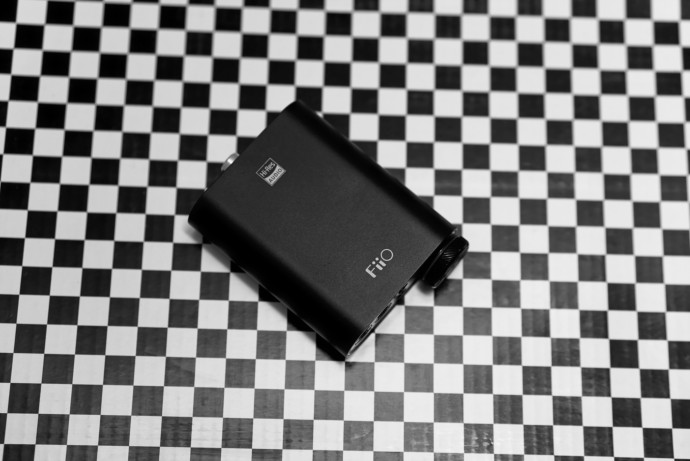
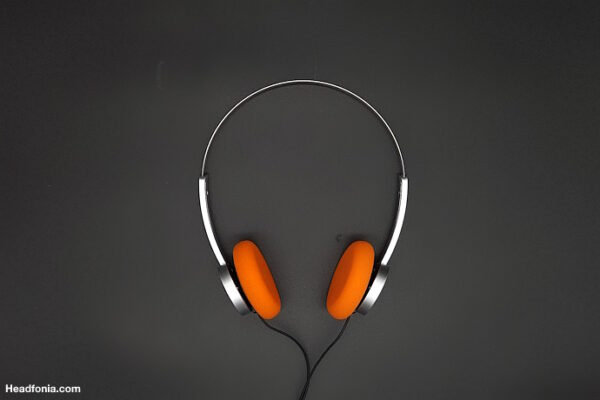
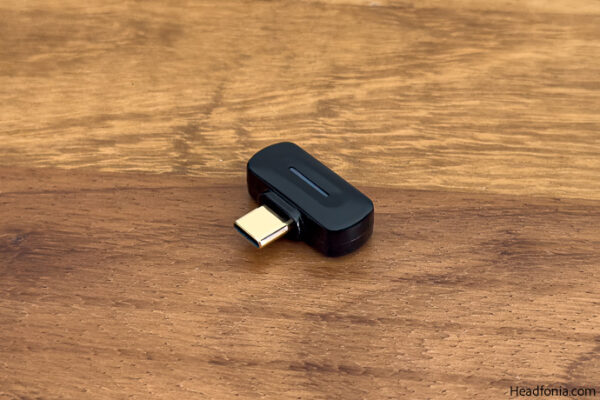
Loganaden Balakrishna VEERAPEN
Big thanks Nanotechnos for this excellent review. Lately I’ve been on the fence to replace my trusty Fiio E10 (which I use with my android phone) with either the K3 or Q1 MkII (only power output and sound quality are my criteria). I know its Berkhan who reviewed the Q1 MkII, however I would very much appreciate if you give a brief comparison to the K3.
NanoTechnos
Personnaly, I’d go for the K3 if it’s for a desktop use. The Q1 is very nice, but I think the K3 outperforms it, especially with its better soundstage 😉
drake
i’ve got an fiio a3 that i pair with my v-moda crossfades & i use them for absolutely everything; music, games, movies, etc.
i realize both are somewhat outdated but the two work phenomenally together and i don’t see an immediately obvious reason to upgrade!
best qualities are definitely sound stage and lower frequencies, which i’m big on a lot of bass and surround.
Sæmundur Eric
Hi, how would you chose Q5 or K3 from Fiio ?
NanoTechnos
The Q5 is better overall, but it’s also more expensive and bulkier
Im a newbie
Hello, nice review ma frend.
But, im curious how the k3 compared to ifi nano bl?
Lastwood79
does K3 wil be good pair for fiio fh1? im planning to get them both , does the K3 do the “Pooping” sound when plugging an iem to it? i have fiio e10k it does produce “poop”sound when i plugging my iem even in zero potensio ( idk what caused this and im afraid it will harm to my iem)
NanoTechnos
Fortunately I didn’t hear any pooping (like the word) with the K3. I think they used a better filter to avoid feedback like this. 🙂
Gandalf
I want to use a Headphone Dac/amplifier for my laptop just to improve the sound when listening to YouTube etc. What would be better the Fiio K3 or the Schitt Fulla2 if I was to use Beyerdynamics T990 headphones?
NanoTechnos
The Schiit should have more power to drive your Beyerdynamic.Also, it will sound a bit more metallic, the highs are a bit too proeminent for my ears. Both are solid performers, take the Schitt if the Beyer is you main headphone, the FiiO for everything else.
Maksym Nits
With such a nice setup you’re planning to have, listening to music from YT is a sound quality killer. Download only in CD-quality, like .flac, .aac, an so on. Forget about mp3 and YouTube, respect your ears and the gear you own that companies tried to make perfect for so long!
Sotis
Hello,
I’m looking for a DAC/AMP for my pc to drive my new Hifiman HE4XX headphones. This will be my first DAC/AMP btw.
Do you think this will be sufficient or should I shoot for something better?
I’m guessing the K3 can be connected to an iphone but that would drain the battery, am I correct?
Thank you, nice review!
Alex Di Lolli
Great review, did you had the chance to compare it to the iFi nano iDSD BL?
Gian
Hi, nanotechnos, does K3 can drive hd800 without any problem at all? in SE and balance? Thanks
Lieven
No it’s not build for that really
Rick
great review, thank you! I’m interested in using this device to improve the sound quality of my laptop setup. I have a macbook pro into which I’m plugging JBL LSR305 studio monitors. Would plugging the speakers into this unit and then the K3 into my macbook pro be an effective solution for improving audio quality? I’m primarily streaming Qobuz using the Audirvana app integration.
mehrdad
hi
i want to buy and use it for hd58x jubilee , its good for this can ?
i should decide between k3 , e10k and dragonfly black ? which one do you suggest ?
thx